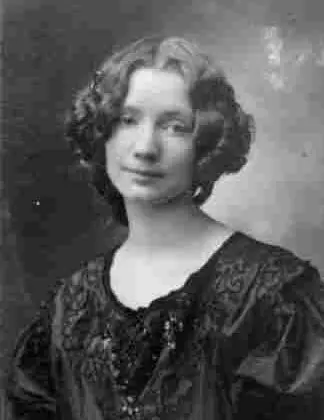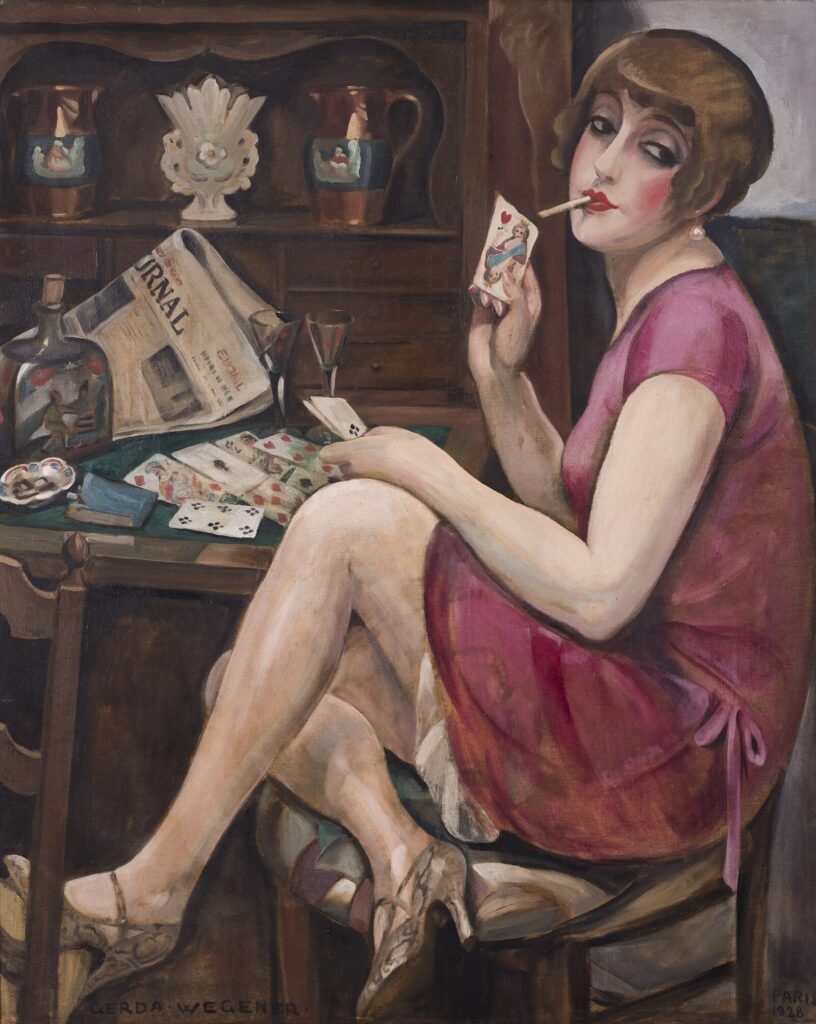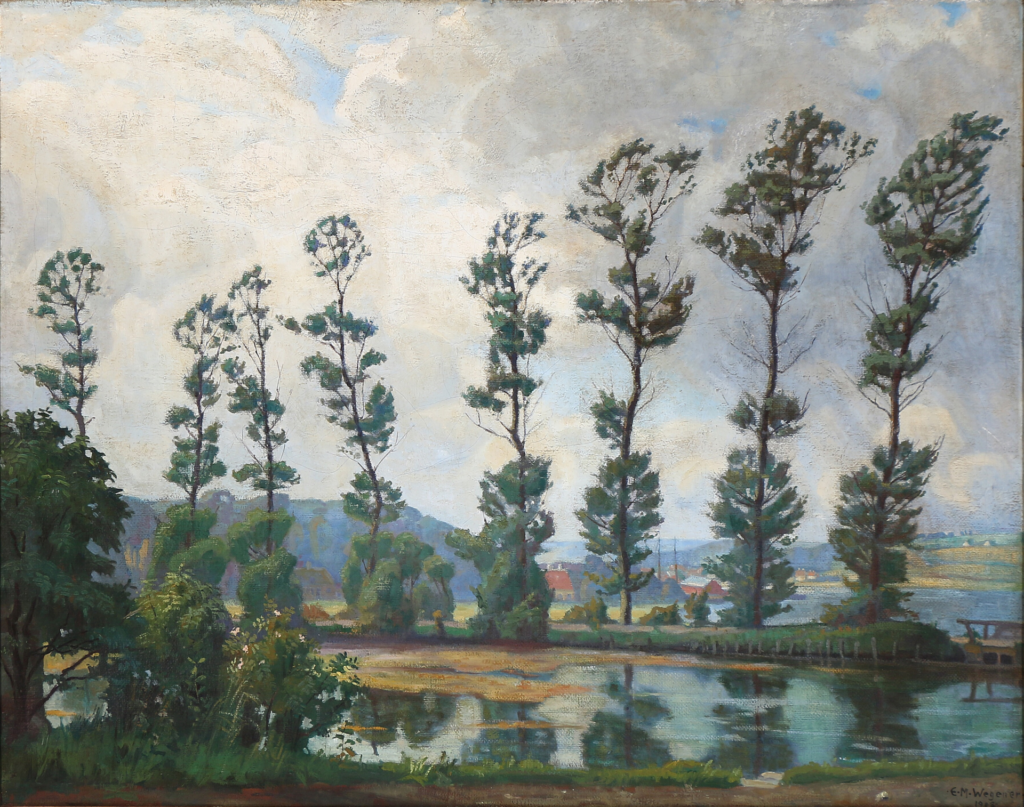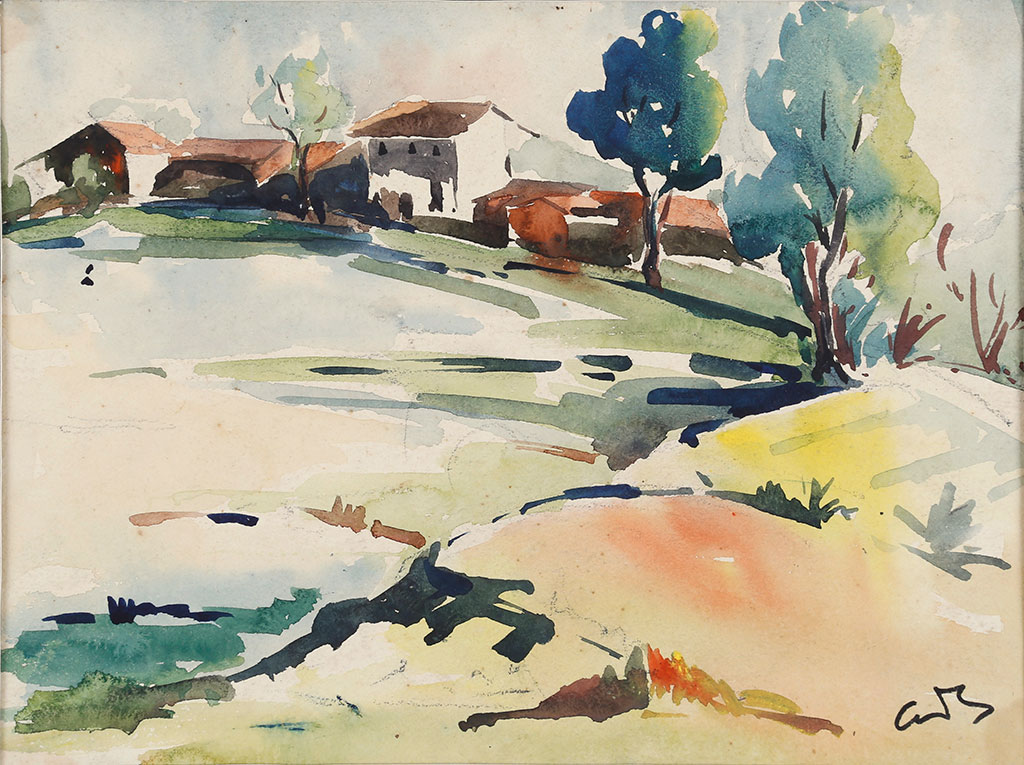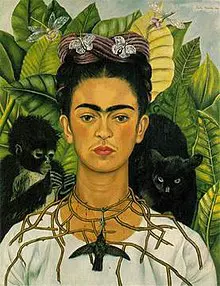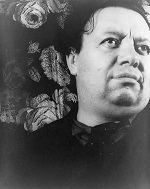Multitalented and cloisonnism-style powered Paul Gauguin (7 Jun 1848– 8 May 1903) who was a French painter, sculptor, ceramist as well as writer. One who founded Cloisonnism style (Post-impressionist painting having bold and flat forms separated by dark contours.) This style used by Emile Bernard, Paul Serusier, Louis Anquetin, including Paul Gauguin and many others started using in the late 19th century. This is also called as synthetism. Gauguin influenced the great future artists like Pablo Picasso, Edgar Degas and Henri Matisse.
Quote
No one is good; no one is evil; everyone is both, in the same way and in different ways
Paul Gauguin
Gauguin had a thoroughly unique artistic language that no one yet uttered. He was not taught such artistic style or from the any college. He created and developed them within himself. However, for the sake of learning, he left his family in Denmark in 1885 and came to Paris. Before begin his full-time career in painting, he was working in the navy for three years. At the age of 23 he worked in stockbroking company and gain success for the next 11 years. Later he quit the job. The reason behind leaving his successful 11 years of career in the stock market was the crash of Paris stock market in 1882.
Most of the childhood memories of Gauguin attached to native land, Peru. Most of his paintings inbuilt of sexual ferocity that had been astir the fire in and out of his art lovers.
Famous Paintings














He wrote many letters to his favorite friends, fellow painters and talked about his progress of paintings and his weak financial conditions. In letters, he also discussed his art, the colours, settings, and other important aspects of the painter need. To judge a painting needs a specific talent, and that was in Gauguin. He began painting at 27. His love for art was enormous and occupying him day to day early life. He always wanted to live as a painter; however, his drudging in businesses was making him slow. He was surviving on his wife's money before he could get his first income from his paintings.
The painting profession is like Plague
In one of the letters, he stated the reasons behind why his hair was turning grey. Paul's artistic struggles was not that easy to survive and hold the pressure of poverty he lived in his life. He could also fear of painting profession like a plague, looking at infamous artists. He always kept striving to get simplicity in his work and using a strong colour division. All he wanted was practice, and that was very less with him. He was ready to abandon everything to come to Paris. He thought that Paris is the best place for him, and it feels like free of worries and tension. In Brittany, he lived there on credit, he used to spend $65 French for boarding and lodging. His paintings most of the time arouse discussions.
A Letter of Gauguin To Emile Schuffenecker
A French Post impressionist artist, teacher, and art finder who met Gauguin first time in 1872
I am living in a silent contempt nature, devoting completely myself to my heart. Without bath, there is no salvation. And this is the best means of keeping physical pain update. In that way, I acquired the strength without to my beaten up to my fellows. I like Brittany, I find a certain wildness and primitiveness here. When my clock resounds on this granite soil, I hear dwell mat powerful tone, I am looking for my paintings.
Paul Gauguin died of poverty, starvation, and despair throughout of his life, however, at the end of his last days his ill-heart had attacked.
Emile Schuffenecker’s letter to Gauguin
Reveals the poor financial and living condition of Paul
“You ask why I write and do not speak to you. It is because talking leads to arguing, and I have been avoiding arguments with you for some time. You cannot accept any contradictions, and you veer into the most offensive words, as you have done to me on several occasions. Also, during this past month of making preparations for my trip, you seem totally uninterested in any news on that account. Your memory is short, dear Gauguin. When you came here with Morice [Charles Morice (1860-1919), the French writer, essayist, and poet] and Jean Dolent, [Jean Dolent (1835-1909), French writer and art critic] we spoke of the fundraising sale for your trip and I said to Dolent, in front of you, that your friends should make plans to bring some funds in order to get your paintings sold and that I was prepared to do so. That seems, to me, to amount to caring about people. On the other hand, if you do not mind, let us examine together what you have done for me. While I have been pushing for the same cause in the world of painting as you have, not once have you made a gesture to allow me access to a single exhibition or seller, or helped me sell a painting. Not once have you brought a literary person or anyone who might have an interest in any of my canvases here. When you did bring someone, it was for your ends and yours alone. In my presence you have never commented on any of my paintings and if anyone else makes a comment, all you manage to give is an average response. Bernard [Émile Henri Bernard (1868-1941), French Post-Impressionist painter and writer, and friend of Gauguin's] knew a seller who did not like his paintings but thought the seller would like mine and sent him to me. That is a friend. All I have ever done for Bernard was invite him to exhibit his work at a space that Mr. Volpini lent me near the Champ de Mars. I invited others, but he was the only one who showed gratitude. As for his project for an anonymous association, he told me about it as a friend but did not ask me to join, knowing that I would not accept. However, I told him how admirable, though unrealistic. I find it that he thought of this idea, which seems to me the most sublime act from the soul of an artist prepared to abnegate himself in the name of art, his deity. Let us get to the main point. Tilliger [?] asked me to ask for an invitation for him to come to Brussels. You knew this, so why are you bringing it up only now? If I knew about it, it is certainly not from you. Others had mentioned it, but I had no certainty on the matter, and I wanted to ask you directly. If you had asked me to have you invited to Brussels, I would have done it gladly. Firstly, in order to ask you, I would have had to know you were invited and that you were in a position to invite someone else. But if I had known I would not have done it because, as you know, I am not in the habit of asking. When a friend needs something from me, I do what I can to spare them the humiliation and anticipate their need. You know that and should remember it. But Tilliger asked you, and you worked on it for him. You forgot your old struggle buddy, your friend during stormy weather, the first who supported and believed in you, you inflicted upon him the humiliation of letting through before him a younger man, with talent to be sure, but it just highlighted the fact that this young man came into this world under the influence of Roy [Louis George Eleonor Roy (1862-1907), French painter, engraver and professional printer, and friend of Gauguin's] who was my student and knew me before he knew you. You must be pleased with yourself, you went straight for the heart and deep into it at that… If you wish for a verbal explanation, rest assured you will be received at the house under the strict condition that you abstain from all offensive words or acts, let that be a mutual standard. Do not read any of this as me sending you packing, as you wrote. I understand you are struggling right now and if you need to show your paintings you will be welcome here. You have the same freedom of choice as always, but I had to tell you my thoughts. Men must be frank with one another.”
Also, you may like India's artist progressive artists group where renowned artists like K H Ara, Souza, Bakre and Husain.

